Description
Benzalkonium Chloride: A Widely Used Antiseptic and Disinfectant
Benzalkonium chloride (BAC), also known as alkyldimethylbenzylammonium chloride, is a quaternary ammonium compound (QAC) widely used as an antiseptic and disinfectant. Its effectiveness against a broad spectrum of microorganisms has made it a staple in healthcare, personal care, and industrial settings.
What is Benzalkonium Chloride?
BAC is a pale yellow, viscous liquid or semi-solid with a characteristic aromatic odor. It is soluble in water, alcohol, and acetone, and its activity is generally enhanced in slightly alkaline environments. As a QAC, BAC has a unique structure with a positively charged nitrogen atom attached to four alkyl groups. This positive charge enables it to bind to the negatively charged cell membranes of microorganisms, disrupting their integrity and leading to cell death.
Uses of Benzalkonium Chloride:
BAC’s broad-spectrum antimicrobial activity makes it a versatile ingredient in a variety of products, including:
- Antiseptics and Disinfectants: BAC is a common ingredient in hand sanitizers, wound cleaning solutions, and hard surface disinfectants used in hospitals, clinics, and homes. Its ability to kill bacteria, viruses, and fungi makes it effective in preventing the spread of infections.
- Eye Drops and Nasal Sprays: In low concentrations, BAC is used as a preservative in ophthalmic and nasal solutions. It helps prevent microbial contamination and extends the shelf life of these products.
- Cosmetics and Personal Care Products: BAC can be found in some cosmetics, such as facial cleansers and makeup removers, due to its antimicrobial properties. It’s also sometimes used as a preservative in lotions and creams.
- Industrial Applications: In industrial settings, BAC is used as a disinfectant in various applications, including water treatment, textile processing, and wood preservation.
Mechanism of Action:
BAC works by disrupting the cell membranes of microorganisms. The positively charged BAC molecule is attracted to the negatively charged phospholipid bilayer of the cell membrane. This binding disrupts the membrane’s structure, causing leakage of cellular contents and ultimately leading to cell death. BAC is particularly effective against gram-positive bacteria, but it also exhibits activity against gram-negative bacteria, enveloped viruses (like influenza and coronaviruses), and certain fungi.
Safety and Precautions:
While generally considered safe for topical use at recommended concentrations, BAC can cause adverse effects in some individuals. Common side effects include:
- Skin Irritation: BAC can cause skin irritation, dryness, and redness, especially with frequent or prolonged use. Allergic contact dermatitis is also possible in sensitive individuals.
- Eye Irritation: Exposure to BAC can cause eye irritation, including stinging and redness.
- Respiratory Irritation: Inhalation of BAC sprays or vapors can cause respiratory irritation in some people.
- Resistance: Overuse of BAC can contribute to the development of antimicrobial resistance in some microorganisms.
Important Considerations:
- Concentration Matters: The effectiveness and safety of BAC depend on the concentration used. Always follow the manufacturer’s instructions for proper dilution and application.
- Avoid Internal Use: BAC is intended for external use only and should not be ingested.
- Interaction with Other Substances: Certain substances, such as soaps and anionic detergents, can neutralize the activity of BAC. Avoid using these substances in conjunction with BAC-containing products.
- Consult a Healthcare Professional: If you experience any adverse reactions after using a BAC-containing product, discontinue use and consult a healthcare professional.
The Future of Benzalkonium Chloride:
Despite the potential for antimicrobial resistance, BAC remains a valuable tool in infection control and hygiene. Ongoing research is focused on developing strategies to mitigate resistance and optimize the use of BAC in various applications. Newer formulations and delivery methods are also being explored to improve its efficacy and safety.
In Conclusion:
Benzalkonium chloride is a widely used antimicrobial agent with a proven track record in disinfection and antisepsis. Its versatility, broad spectrum of activity, and relatively low cost make it a valuable ingredient in various products. However, it’s crucial to use BAC responsibly, following recommended guidelines to minimize the risk of adverse effects and the development of antimicrobial resistance. For optimal protection and peace of mind, always read product labels carefully and consult a healthcare professional if you have any concerns.

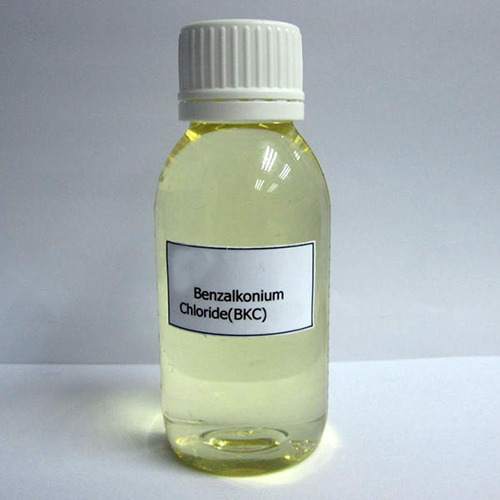
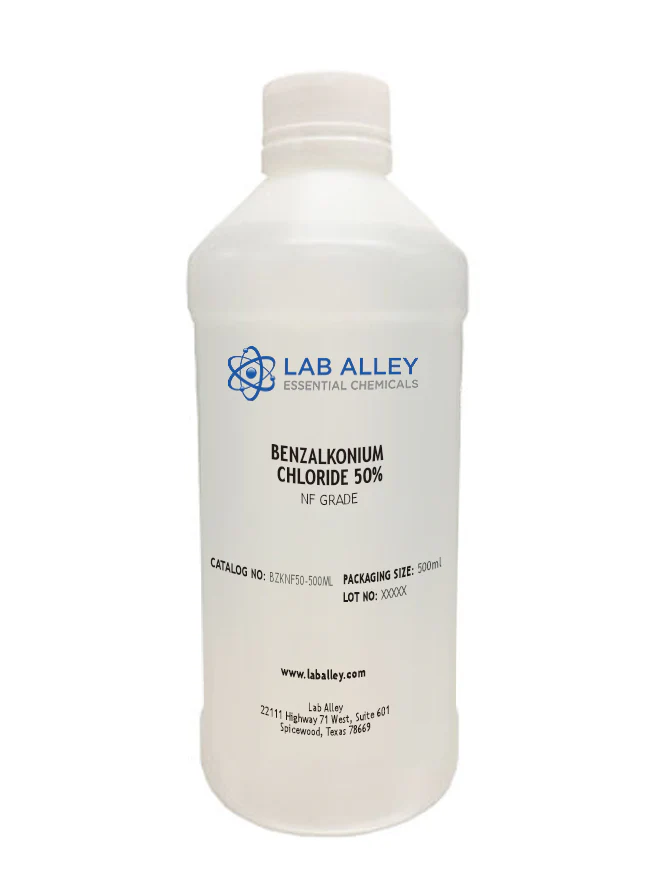

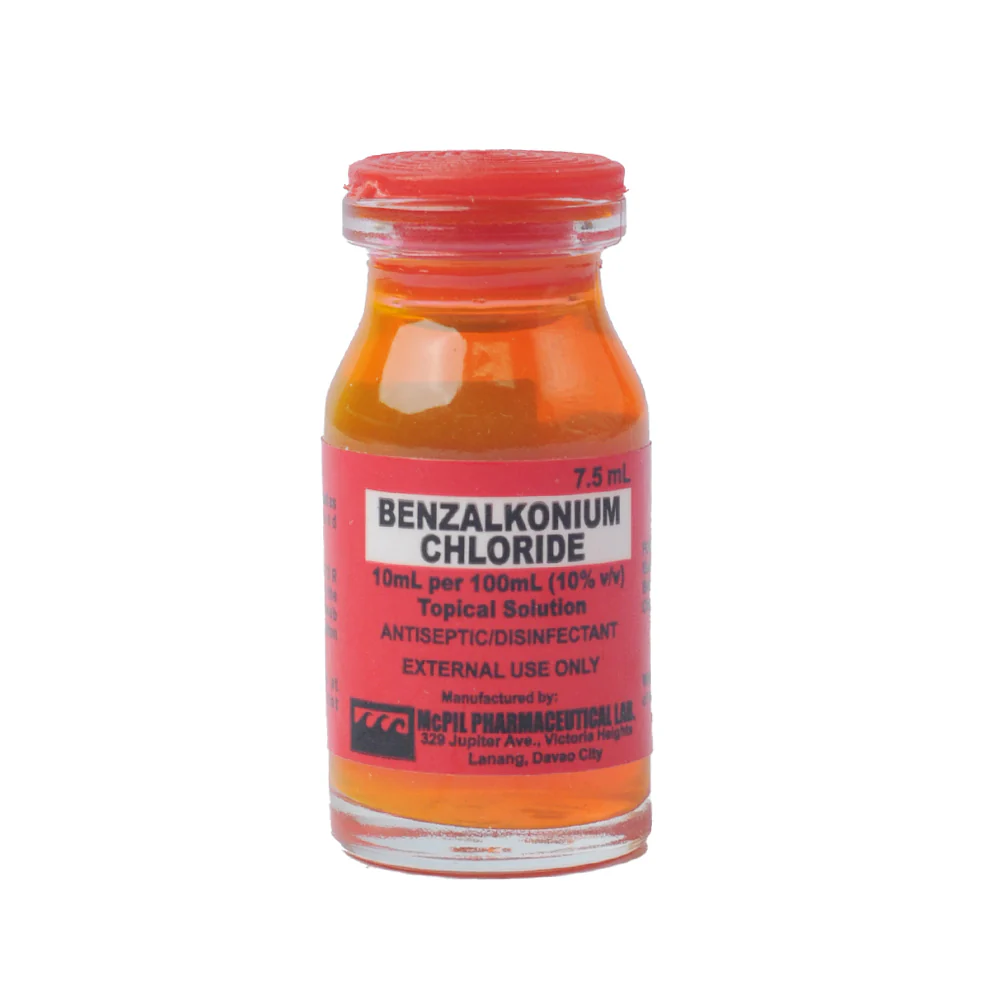

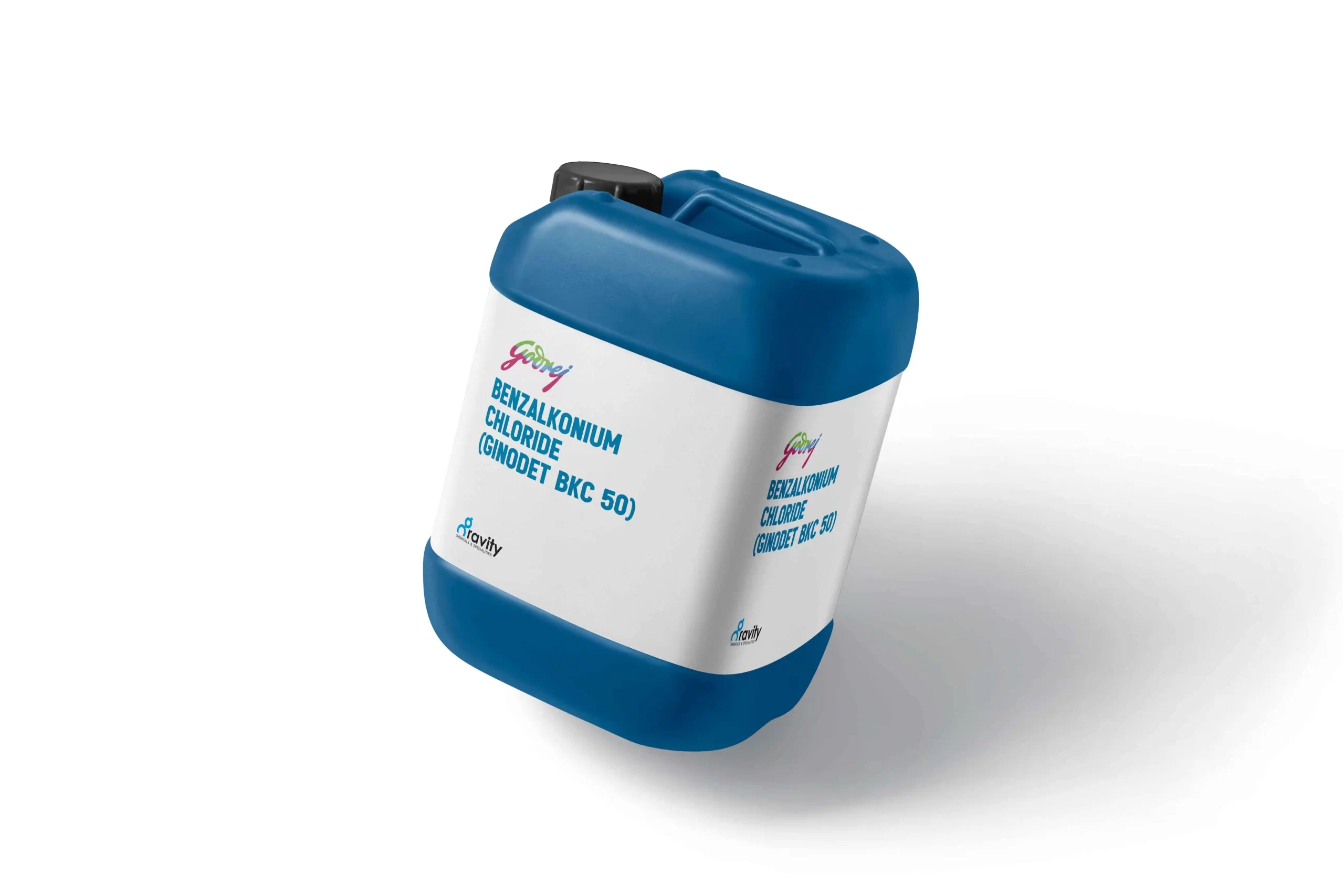
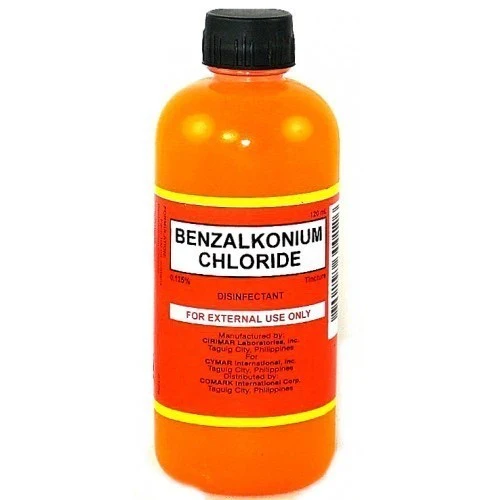
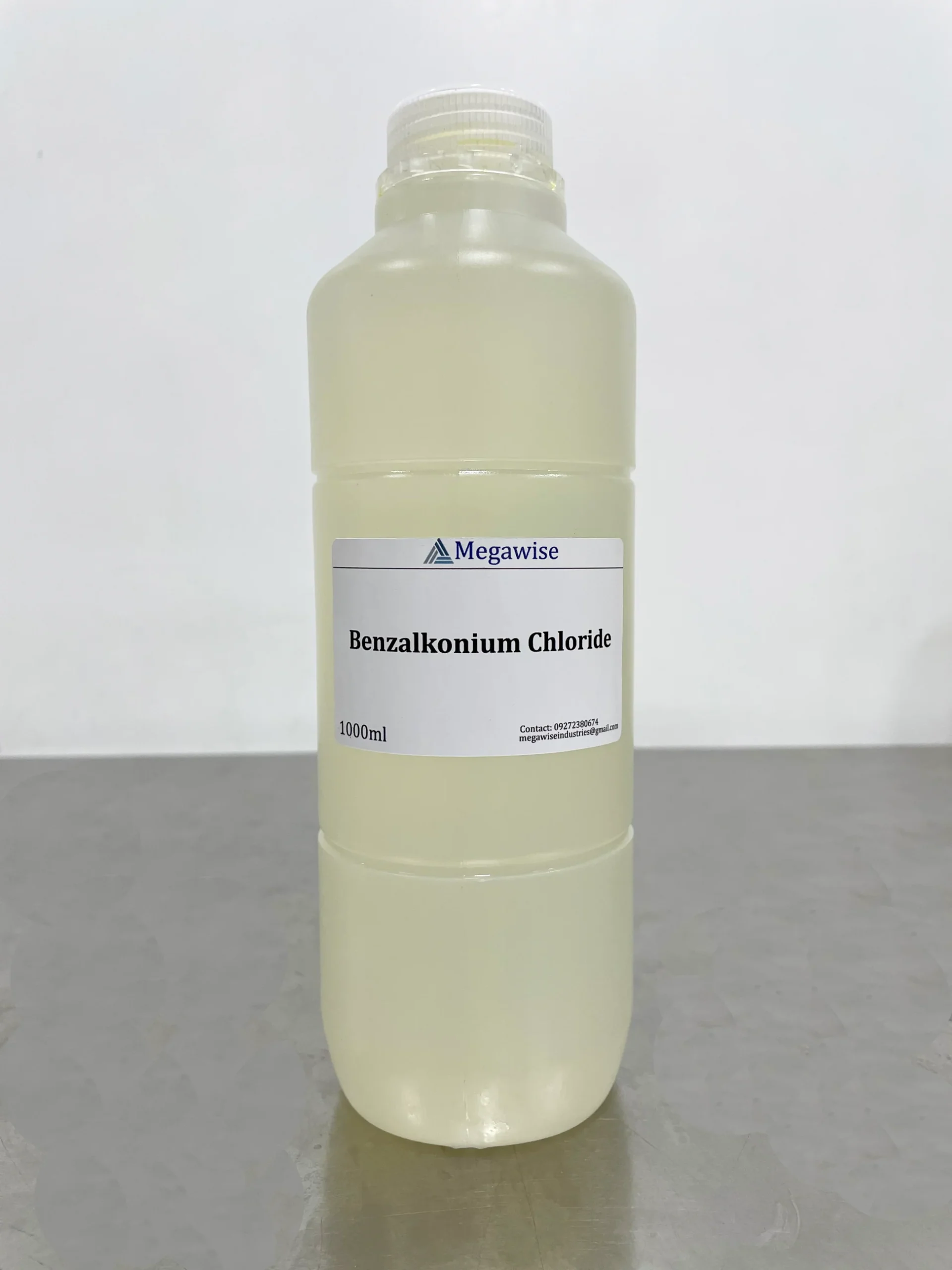

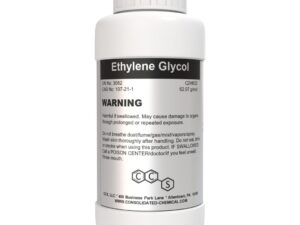



Reviews
There are no reviews yet.